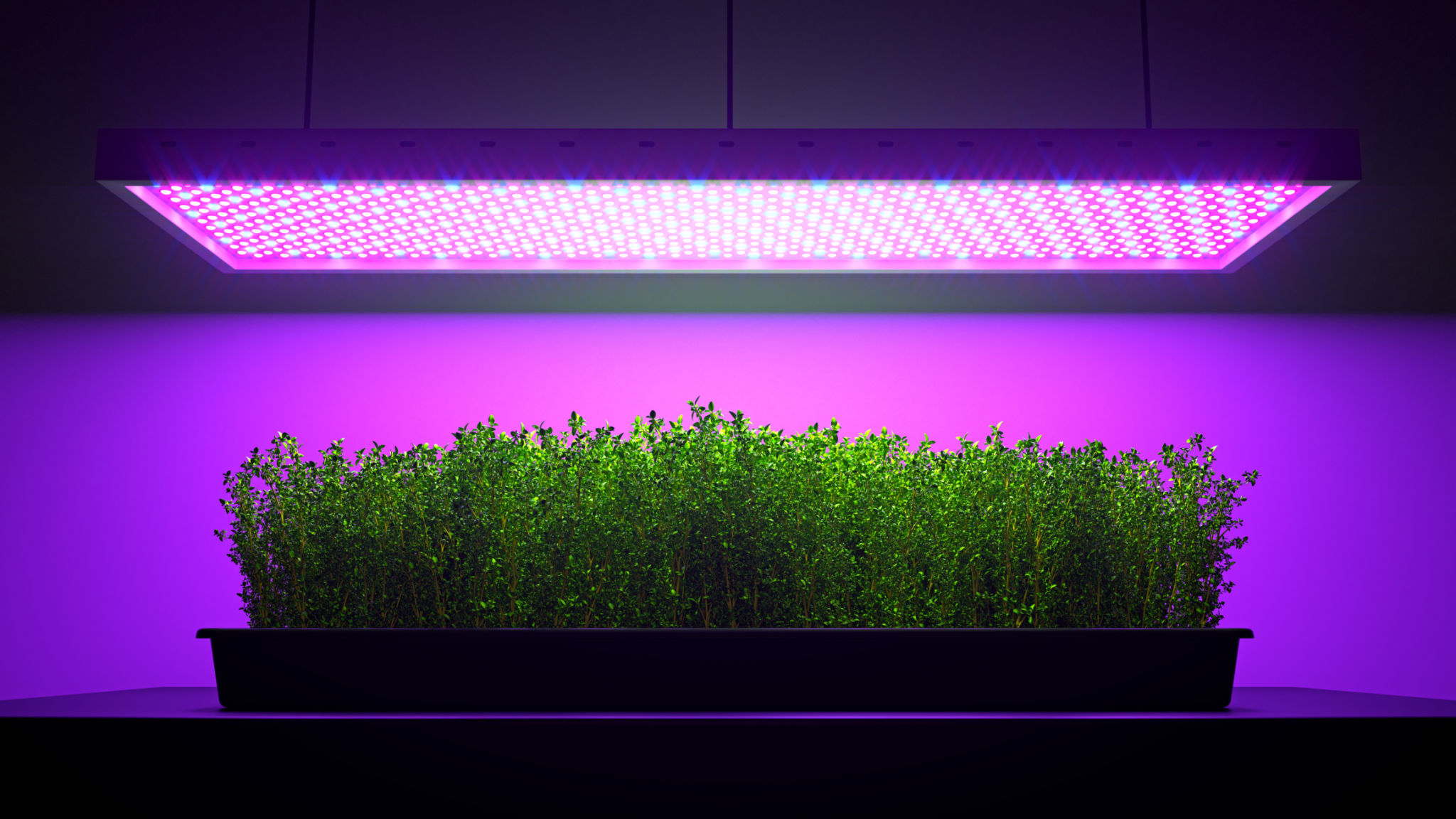Choosing the Right Hydroponic Equipment for Your Vertical Garden
Understanding the Basics of Vertical Hydroponic Gardening
Vertical hydroponic gardening is an innovative method that allows you to grow plants in a limited space using nutrient-rich water instead of soil. It's an ideal solution for urban gardeners or those wanting to maximize their yield in a small area. Selecting the right equipment is crucial to the success of your vertical garden, as it directly influences plant health and growth.

Key Components of a Hydroponic System
Before diving into equipment selection, it's important to understand the essential components of a hydroponic system. The main components include:
- Growing Medium: Although hydroponics doesn't use soil, you'll need a medium like coco coir, rock wool, or clay pebbles to support plant roots.
- Water Reservoir: This holds the nutrient solution that feeds your plants.
- Pumps: Essential for circulating water and nutrients to the plants.
- Lighting: Adequate lighting is necessary for photosynthesis, especially if you're growing indoors.
Choosing the Right Growing Medium
The growing medium you choose can affect plant stability, moisture retention, and nutrient absorption. Consider the needs of your specific plants. For example, clay pebbles are excellent for moisture control, while coco coir is great for retaining nutrients. Ensure the medium is compatible with your chosen plants and system.
Selecting a Suitable Hydroponic System
There are several types of hydroponic systems suitable for vertical gardening. Each has its own benefits and challenges:
- Nutrient Film Technique (NFT): A popular choice for vertical gardens, NFT systems allow a thin film of nutrient solution to circulate around plant roots.
- Drip Systems: These systems provide a slow feed of nutrient solution directly to each plant, offering precise control.
- Aeroponics: In this system, plant roots are misted with a nutrient solution, offering excellent oxygenation but requiring careful management.
Understanding Lighting Options
Lighting is a critical factor in hydroponic gardening. If your garden is indoors or in low-light conditions, investing in quality grow lights is essential. LED lights are energy-efficient and provide full-spectrum lighting, making them a popular choice among hydroponic gardeners. Consider adjustable lights to accommodate different growth stages of your plants.

Pumps and Reservoirs: Ensuring Efficient Water Circulation
Pumps are vital for maintaining an efficient water flow in your hydroponic system. Submersible pumps are commonly used due to their ease of installation and maintenance. When choosing a pump, consider its flow rate and ensure it matches the needs of your system. Pair it with an appropriately sized reservoir to maintain a consistent nutrient supply.
Monitoring and Maintenance Tools
Regular monitoring is essential for a thriving hydroponic garden. Invest in tools like pH meters and EC meters to track nutrient levels and maintain optimal conditions. Timers can help automate lighting and watering schedules, reducing manual intervention and ensuring consistency in your garden's care routine.

Conclusion: Creating Your Ideal Vertical Hydroponic Garden
Choosing the right hydroponic equipment for your vertical garden involves understanding your specific needs and preferences. By selecting appropriate components such as growing mediums, systems, lighting, pumps, and monitoring tools, you can create a thriving garden that maximizes space and yields healthy plants. With careful planning and maintenance, your vertical hydroponic garden can become a sustainable source of fresh produce all year round.